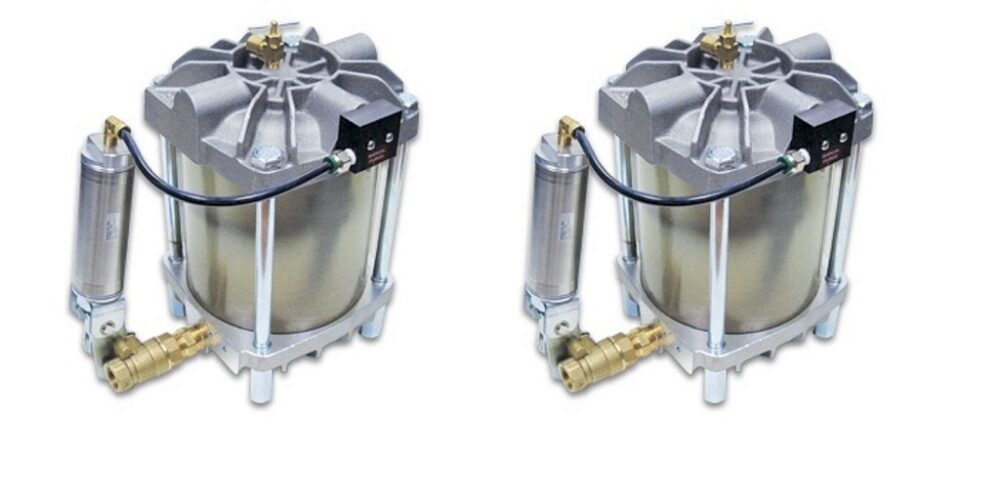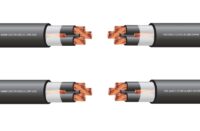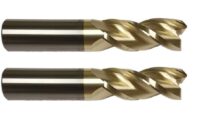Your compressed air dryer protects the entire system from corrosion, freezing, and other moisture and contaminant-related damage.
In other words, the compressed air dryer is vital to the health and continued operation of your compressed air system. As the dryer is vital to the compressed air system, so too is another part that plays a role vital to the dryer itself – the drain valve.
All compressed air dryer systems are outfitted with some or other type of drain valve, some of which are manual, and others which are automatic drain valves.
The latter offers some substantial advantages over the former. Let’s canvas these from a high level.
Why Your Compressed Air System/Dryer Needs a Drain Valve
Drain valves, automatic or manual, are integrated into compressed air dryers for one basic purpose – to remove moisture and contaminants, chiefly in the form of condensed water and compressor lubricant – from the system.
A fully-functioning drain valve is an essential operating component of a compressed air system because it is crucial to condensate management.
Basically, the bottom line is that drain valves allow moisture and condensates an egress point from the tank where they are held, thereby protecting the compress. An excess accumulation of condensates in the system can damage or corrode the system’s compressor, shortening its useful service life.
Some drain valves are manual, and must be actively drained. Another class (which constitutes several different types) is automatic drain valves, which do not require active drainage on behalf of the system operator.
Why An Automatic Drain Valve Over a Manual One?
Automatic drain valves are usually categorized into one of three different types, which are float-operated, timer-controlled, and zero-loss drain valves.
Float-operated drain valves have a special housing that contains a float and into which water is allowed to flow. When the water rises, it lifts up the float; past a certain point, the float triggers the drain to open, releasing the accumulated condensates.
Timer-controlled automatic drain valves are controlled via a set timer, and drain at predetermined intervals; these are useful in situations in which conditions determine that the system should be drained consistently, whether or not a certain volume of condensates have accumulated.
There is also a special class called zero-loss drain valves, which contain a float or sensor that monitors the level of condensates inside the tank. When the level reaches a certain point, the probe sends a signal to a solenoid which opens the valve, or the float triggers the assembly to discharge the condensate, allowing the condensates to escape but closing before there is any loss of pressurized air (hence the name, zero-loss).
All forms of automatic drain valves offer superior practicality when compared to manual tank valves.
The most significant of these is that, in an operating environment in which there are a lot of pressing conditions that must be met, it is easy to overlook the manual draining of a compressor’s tank, which should be performed daily at minimum. The installation of an automatic drain valve helps prevent this.
Since automatic drain valves do not require supervision or manual actuation to operate, they also help prevent the possibility that condensate levels in the tank get too high, increasing the risk of corrosion or other adverse effects to the compressed air system.
Over time, the peace of mind that comes with the installation of an automatic drain valve, and the damage to the compressor that will be prevented, more than pay for the upgrade.
Re-Outfit Your Compressed Air Dryer Today
If you’re considering the upgrade to an automatic drain valve and the benefits that come with replacing a compressor’s manual drain valve, look no further than Air and Vacuum Process. They carry a wide range of zero-loss, electric solenoid, and motorized drain valves, along with other compressed air dryer parts and accessories. Visit their website for more information or get in touch with them at 866-660-0208.












